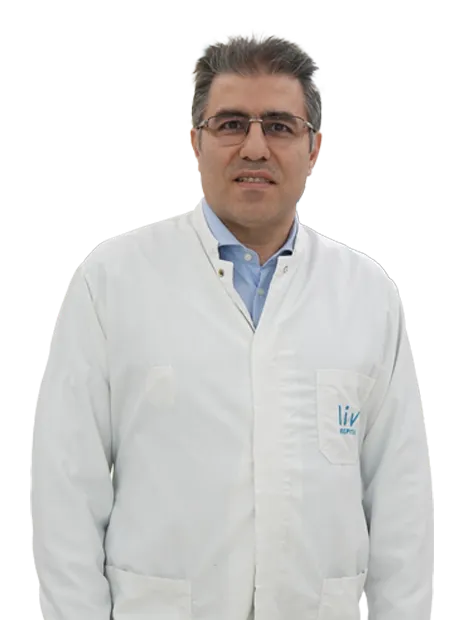Radiation Oncology
Last Update Date: 9/18/2025 11:01:19 AM
What is Radiation Oncology
It is aimed to eliminate cancer cells with radiotherapy treatment. 70 percent of all cancer patients need radiation therapy at any stage of treatment. Radiation oncology is an area of expertise used in the treatment of cancer. This branch aims to destroy or control cancer cells through the use of high-energy rays or particles. Radiation oncology includes a treatment method known as radiation therapy. Radiation therapy is a treatment modality used to kill cancer cells or control their growth. This treatment involves directing high-energy radiation to cancer cells. Radiation focuses on the targeted area and neutralizes cancer cells by killing cells in this area or disrupting their ability to reproduce. It can also damage normal, healthy cells, but these cells can usually recover better.
What Applications Does Radiation Oncology Perform
Radiation oncology may include a variety of applications:
- Radiotherapy (External Radiation Therapy): This is a form of treatment in which high-energy rays are directed to cancer cells from the outside. Radiotherapy aims to kill cancer cells or control their growth. The treatment is usually performed in a series of sessions and each session lasts a few minutes.
- Internal Radiation (Brachytherapy): This application is a treatment method in which radioactive material is placed directly or close to the tumor site. Brachytherapy provides closer contact with the tumor and allows controlling the radiation dose more precisely.
- Proton Therapy: This form of treatment is a type of radiation therapy in which high-energy protons are directed to cancer cells. Protons can reach deeper into tissues and cause less damage to surrounding tissues.
- Radionuclide Therapies: Radionuclide therapies are based on the principle of targeting cancer cells by introducing radioactive substances into the body. This application is used especially for certain types of cancer, such as thyroid cancer.
- Radiation Oncological Surgery (Radical Surgery): This is a surgical procedure that involves the removal of a cancerous tumor and the removal of some of the surrounding healthy tissues. This surgical procedure can be combined with radiation therapy.
Liv Hospital Radiation Oncology
Individualized cancer treatment
Liv Hospital Ulus Radiation Oncology Clinic adopts a personalized treatment approach with individualized cancer treatment. The radiotherapy method can be applied alone in the treatment of cancer, it can be applied together with chemotherapy before or after surgery, or consecutively as well.
Maximum protection in healthy tissues
Versa-HD Hexapod, one of the latest radiotherapy treatment technologies, is used in Liv Hospital Radiotherapy Oncology Department. With the Versa-HD Hexapod, rapid dose application at the desired intensity can be applied to the tumor with imaging during treatment. During this process, maximum protection is provided in the surrounding healthy tissues. It is used for all types of cancer Versa-HD Hexapod, which is preferred in the treatment of lung, breast, prostate and spinal region cancers thanks to its synchronous movement feature, is successfully used in the treatment of all cancer types requiring radiation therapy at Liv Hospital Radiation Oncology Clinic.
Advantages of Versa-HD Hexapod Device in Radiotherapy
With its advanced technology, it shortens the preparation time of patients before treatment. Thanks to its high dose pace, it significantly shortens treatment duration. Radio surgical applications lasting 30-90 minutes on other devices can be performed between 5-20 minutes, intensity-modulated radiation therapy (IMRT) lasting 10-20 minutes can be performed in two to three minutes. Due to the short duration of treatment, the negativities caused by tumor movement are minimized. Thanks to all these advantages, targeted irradiation is performed in the tumor. Number of sessions is reduced. It is an advanced technology that offers various radiotherapy options such as IMRT, IGRT, SRS/SBRT on the same platform and has hexapod (6 Way Swivel) table technology that allows the correction of small rotational changes, especially during IGRT.





















.webp)
.png)
.png)

.png)


